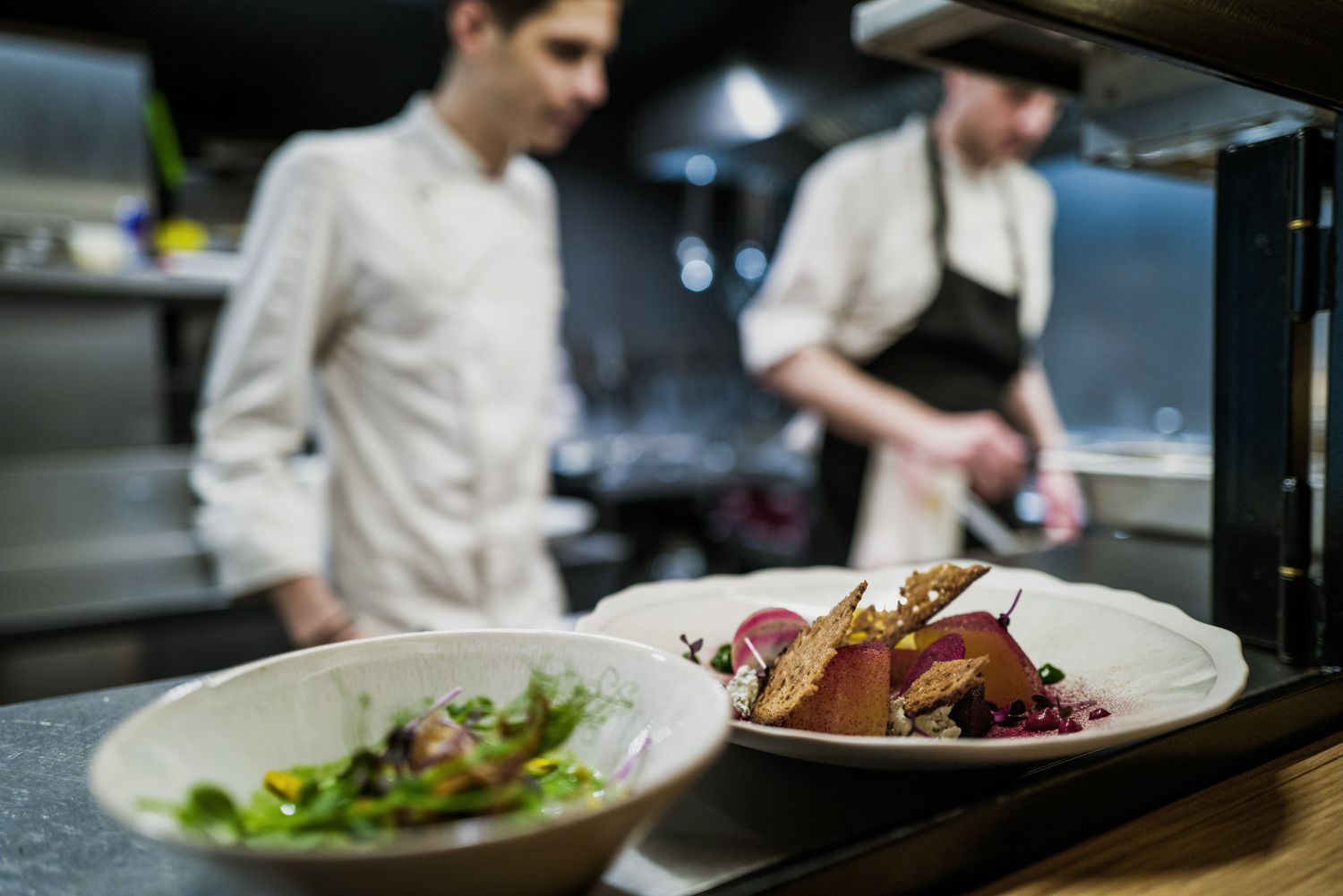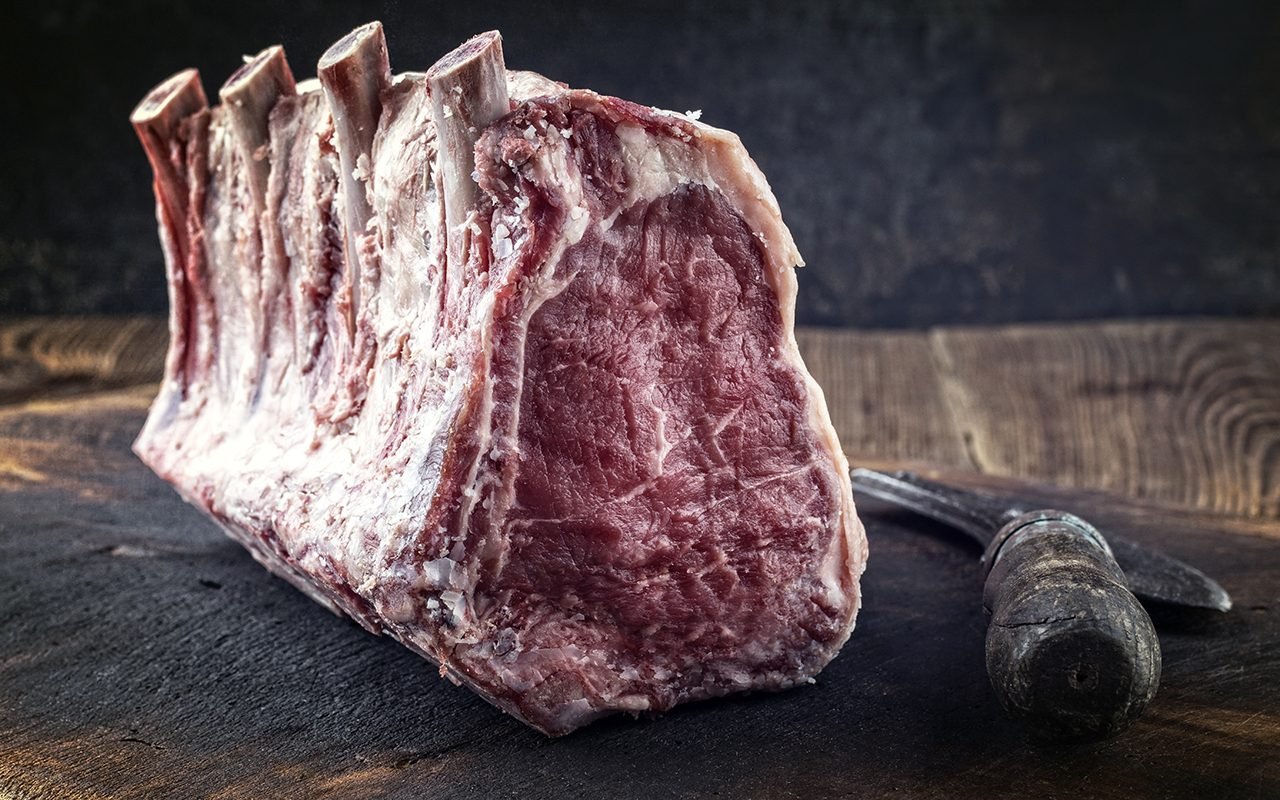Kitchen Hierarchies That Shape the World’s Leading Restaurants

Feature · The World’s 100 Best Restaurants
Kitchen Hierarchies That Shape the World’s Leading Restaurants
Behind every Michelin star, every acclaimed tasting menu, and every service hailed as flawless, lies a hierarchy. The structure of a professional kitchen—its brigades, ranks, and invisible systems—transforms individual skill into collective excellence. For the world’s leading restaurants, hierarchy is not rigid tradition; it is the architecture of consistency, innovation, and discipline.
The Escoffier Model Reimagined
- Chef de Cuisine: The visionary strategist, balancing creativity with business stewardship.
- Sous Chef: The operational fulcrum, translating vision into daily discipline.
- Chef de Partie: Masters of specific domains—fish, meat, pastry—guardians of precision.
- Commis & Apprentices: The lifeblood, where skills are forged and future leaders are formed.
Contemporary Evolutions
Leading restaurants no longer replicate hierarchy as rigid command. Instead, they use the framework to foster collaboration, nurture creativity, and ensure scalability of standards across service. Kitchens experiment with flatter hierarchies, open communication, and rotating leadership to keep innovation alive while avoiding burnout.
“Discipline ensures consistency, but empathy ensures longevity.”
Case Studies of Leadership in Practice
Noma, Copenhagen
Flat hierarchies and collaborative test kitchens that encourage experimentation at all levels.
Osteria Francescana, Modena
Clear brigade discipline blended with Bottura’s philosophy of creativity and storytelling.
Eleven Madison Park, New York
Strong sous chef networks underpin seamless multi-course execution during high-volume services.
Central, Lima
Hierarchies linked to research teams, with chefs de partie collaborating with scientists and foragers.
Transmission of Knowledge
Mentorship
Sous chefs acting as bridges between vision and execution, shaping the next generation of leaders.
Global Stages
Young chefs rotating internationally, carrying discipline and techniques across borders.
Codification
Manuals, rituals, and protocols that encode excellence into repeatable systems.
Impact of Strong Hierarchies
In the world’s leading restaurants, hierarchies are not about command alone. They are about orchestration—the ability to turn dozens of individual talents into one seamless performance. By balancing classical discipline with modern empathy, today’s kitchens prove that hierarchy remains the unseen backbone of global culinary excellence.






